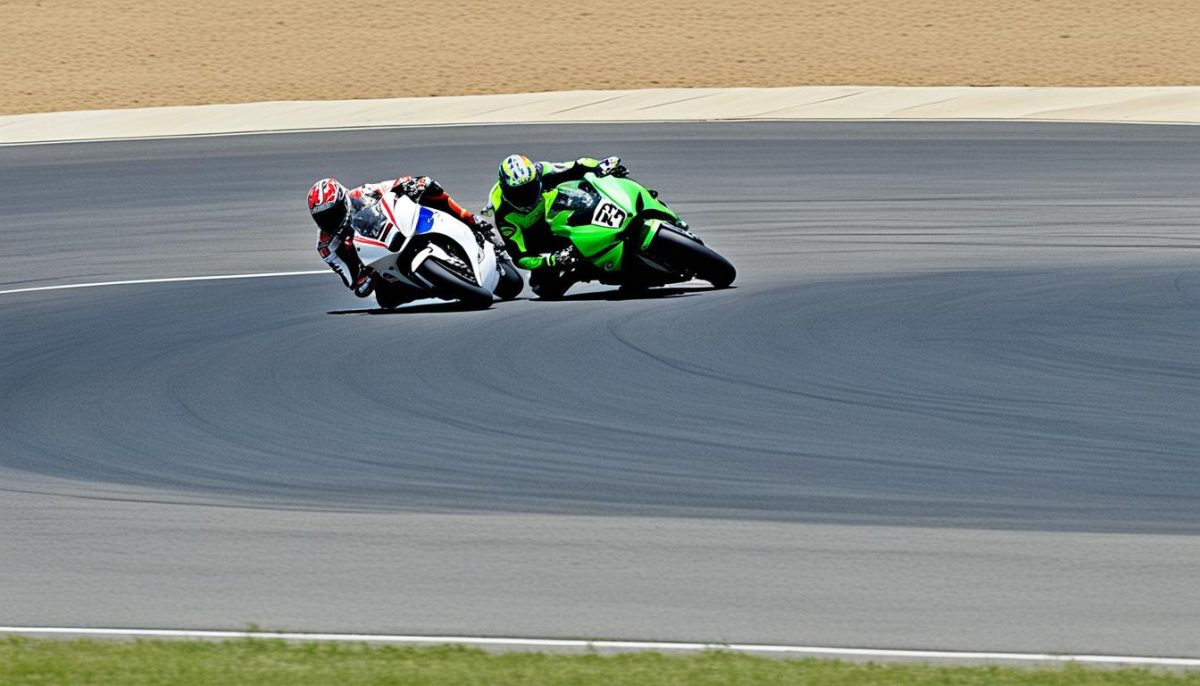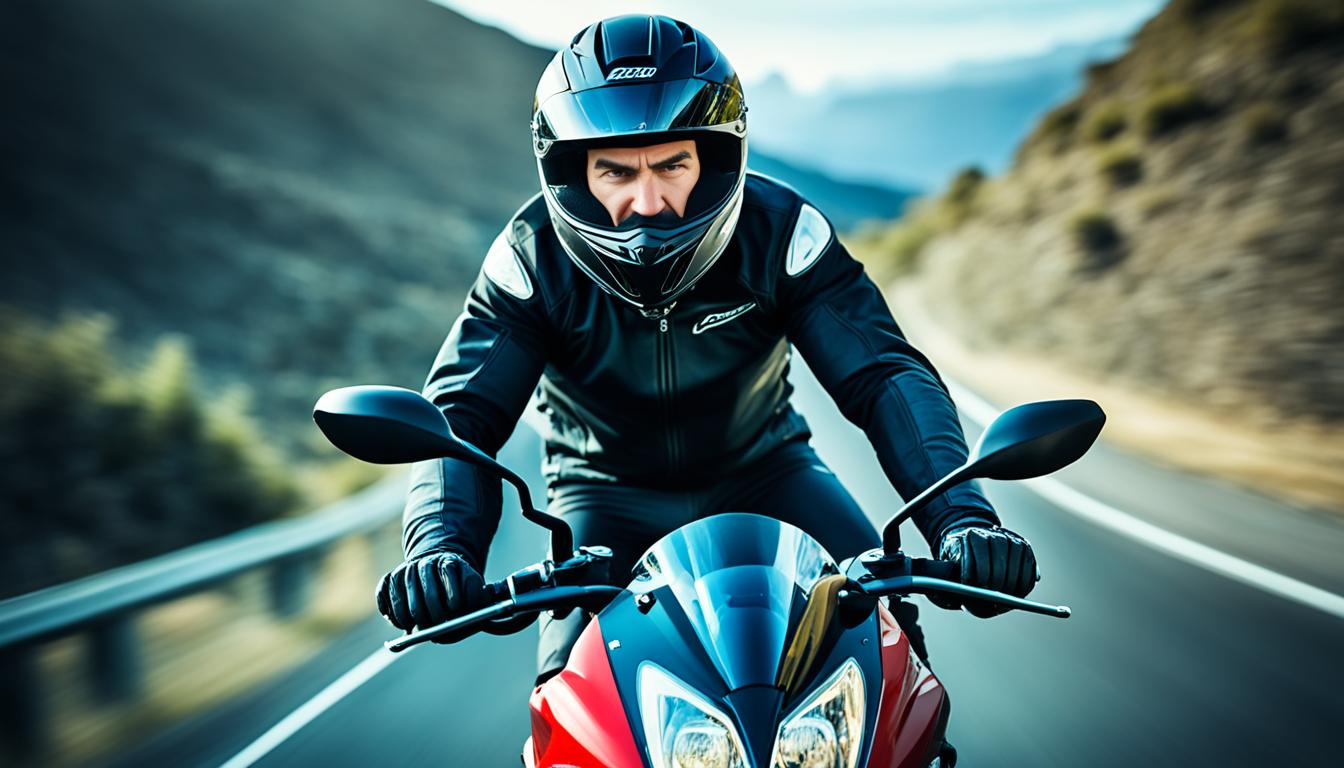Welcome to our guide on how to ride a motorcycle! Whether you’re a beginner or looking to improve your riding skills, this article will provide you with essential tips and techniques to help you ride a motorcycle safely and confidently. So, let’s rev up our engines and dive into the world of motorcycle riding!
Mastering motorcycle riding techniques is the key to becoming a skilled rider. In the following sections, we will cover various techniques that will enhance your riding experience. From accelerating smoothly to braking effectively, cornering with confidence, and shifting gears seamlessly, we’ll guide you through each step, ensuring you have all the necessary skills to navigate different road conditions and enjoy a smooth ride.
However, before we dive into the techniques, safety should always be your top priority. In the next section, we’ll provide you with crucial motorcycle safety tips that will help ensure your well-being on the road. From wearing proper motorcycle gear to practicing defensive riding, enhancing visibility, and observing traffic rules, these tips will give you the confidence and knowledge to ride safely.
So, whether you’re a thrill-seeker looking for adrenaline-pumping adventures or simply prefer the freedom of two wheels, this guide has got you covered. Stay tuned for our next sections, where we delve into the details of motorcycle riding techniques and safety tips that will empower you to ride like a pro.
Motorcycle Riding Techniques
When it comes to mastering the art of motorcycle riding, understanding and applying proper techniques is crucial. In this section, we will explore key techniques that will enhance your riding experience and ensure your safety on the road.
Smooth Acceleration
One of the fundamental skills every motorcyclist should master is smooth acceleration. Gradually increase the throttle while shifting your weight forward to maintain balance and control. This technique not only prevents jerky movements but also allows for better traction and stability.
Effective Braking
Braking is an essential skill that every motorcyclist must have. To brake effectively, apply firm and progressive pressure on both the front and rear brakes simultaneously. This technique ensures a balanced deceleration and reduces the chances of losing control.
Confident Cornering
Cornering requires a combination of skill and confidence. As you approach a curve, reduce your speed before entering and lean your body towards the inside of the turn. Shift your body weight smoothly and maintain a steady throttle to maintain control and stability throughout the corner.
Seamless Gear Shifting
Proper gear shifting is essential for a smooth and efficient ride. Pay attention to engine revs and use the clutch and gear lever smoothly to shift gears. Practice finding the right shift points and maintaining a consistent RPM range for optimal performance and fuel efficiency.

By mastering these motorcycle riding techniques – smooth acceleration, effective braking, confident cornering, and seamless gear shifting – you’ll be able to navigate various road conditions with ease and ensure a safe and enjoyable ride.
Motorcycle Safety Tips
Safety is a top priority when it comes to riding a motorcycle. To protect yourself and ensure an enjoyable riding experience, it’s crucial to follow some essential motorcycle safety tips.
First and foremost, wearing the right motorcycle gear is essential for your safety. Whether you’re going for a short ride or a long adventure, make sure to wear a helmet, gloves, boots, and protective clothing. Proper gear not only protects you from injuries but also enhances your visibility on the road.
Defensive riding is another vital aspect of motorcycle safety. By anticipating potential hazards and actively observing traffic rules, you can effectively avoid accidents. Stay alert, maintain a safe distance from other vehicles, and always be prepared for unexpected situations.
Enhancing your visibility on the road is crucial for other drivers to notice you. Use reflective materials on your motorcycle and gear, especially when riding at night or in low-light conditions. Make sure your headlights, taillights, and turn signals are in proper working order to ensure that other motorists can see you clearly.
Lastly, always observe traffic rules and regulations. This means obeying speed limits, signaling when changing lanes or making turns, and respecting other motorists’ right of way. By being a responsible rider and following the rules, you contribute to a safer road environment for everyone.




